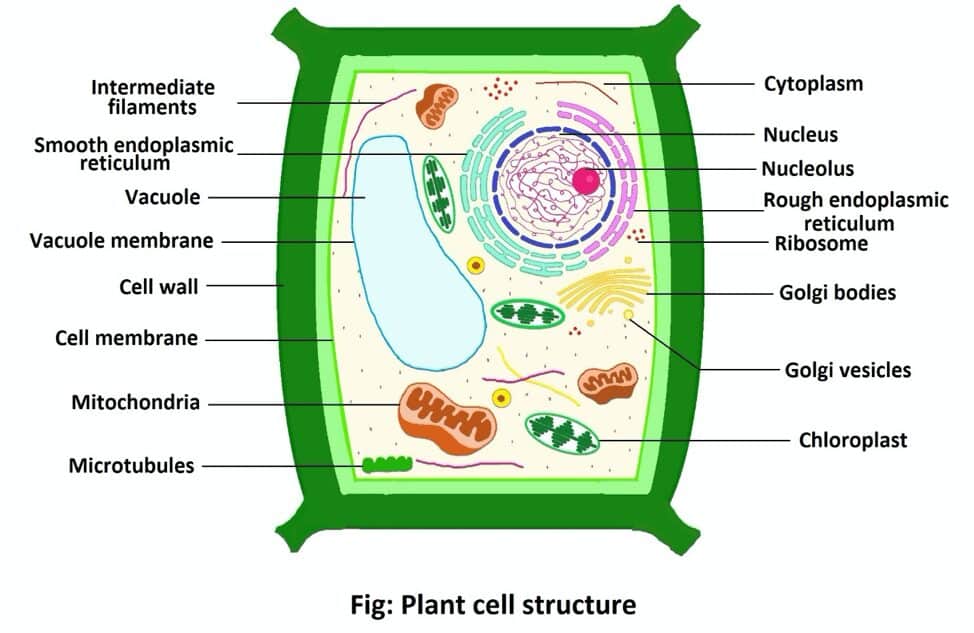Biology is a field of science that constantly fascinates and unravels the mysteries of the living world, which includes plant cells, which are one of its most exciting subjects.
A plant cell, with its detailed structure and functions, serves as a base for the beauty of life. There is no better way to explore, appreciate, and understand this community of cells than a hands-on project.
The plant cell project is a popular teaching approach that offers students a canvas for creativity and explores education in a fun and understanding way.
Whether you are a teacher who is searching for innovative ideas or a student who’s looking for an A+ on their next test, this list of 25 ingenious plant cell project ideas inspires and informs you about the same.
From digital amazements to tactile models, these projects provide extended learning options.
The Amazing Plant Cell Projects
The plant cell project crosses paths of learning and creativity. At the heart of this path is the plant cell – a microcosm of life full of activity, essential functions, and complex structures.
By making, designing, or digitally creating these wonders of nature, students create a deeper connection with the subject. It is no longer just about learning the function and organs of the cell.
This project improves the understanding, thinking, and appreciation of the subject.
The flexibility of the plant cell project means that it can be altered according to the learner’s choice. Whether it is art renders, 3D models, or simulations, there is an option for every student to explore.
These fantastic plant cell projects make science accessible, interactive, and fun.
1. Clay Masterpiece
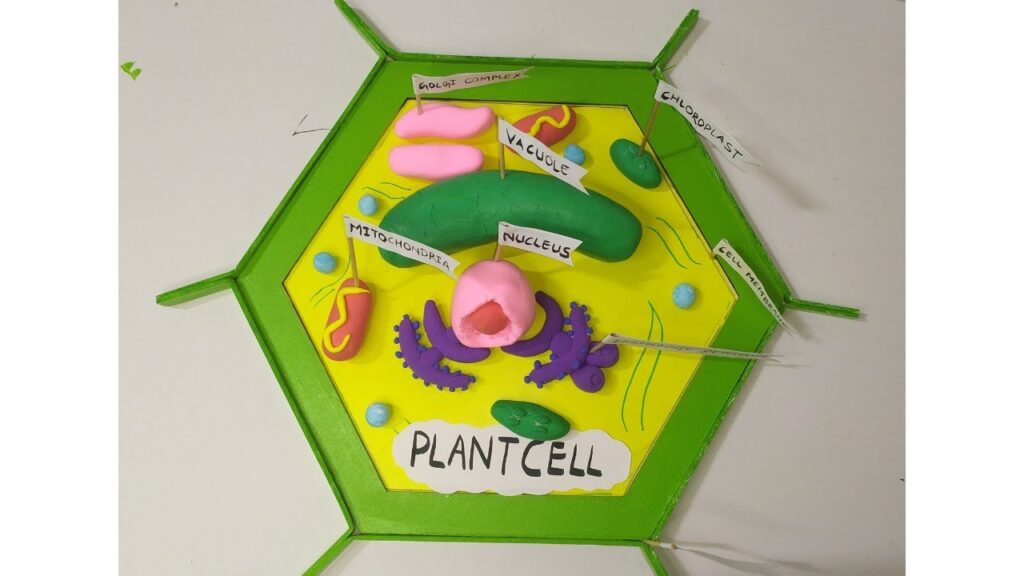
Unleashing the artist within you while studying biology may be an unusual mix, but a plant cell project that uses clay can be a different experience altogether.
Creating a plant cell with clay offers a vivid and lasting experience in botany. You begin with a flat base representing the cell wall and add layers with different colors of clays to mark the nucleus, chloroplasts, mitochondria, and other organelles.
The malleable nature of clay makes sure that the smallest of details can be made with precision, which allows the students to get up close with each part of the cell.
As the students make and position each organelle, the theoretical concepts of the books transform into a practical solution. The finished model looks vibrant and works as a lasting keepsake.
2. Edible Delight
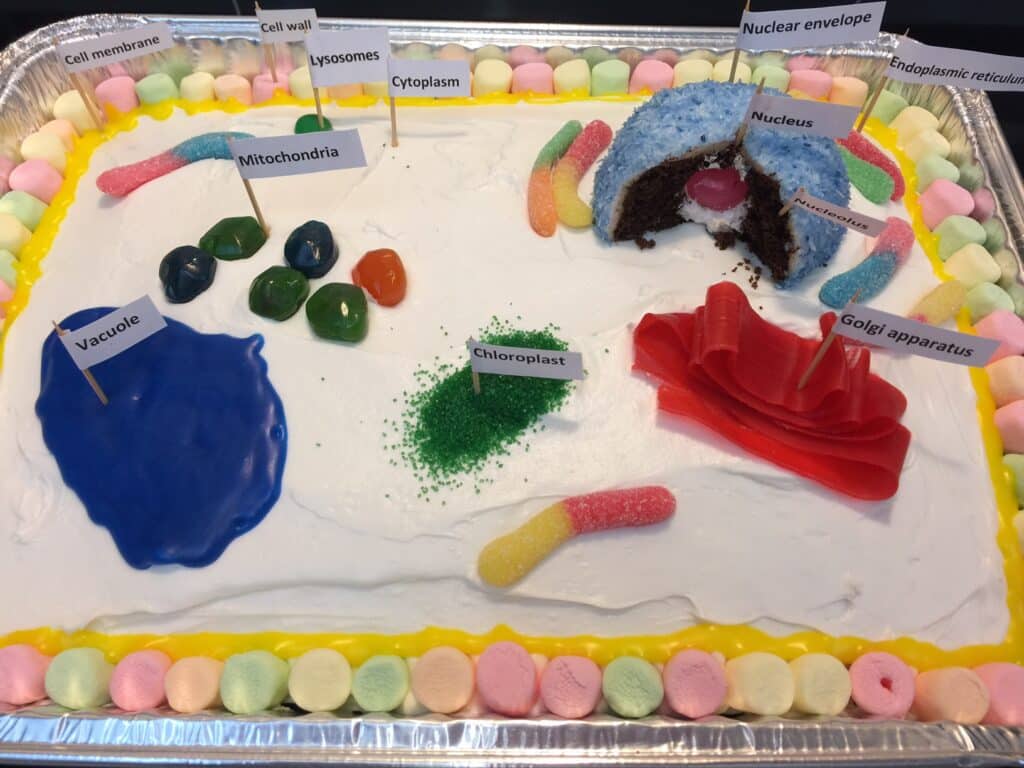
For those who are interested in culinary arts and sciences, the plant cell project presents a tasty opportunity. Creating an edible plant cell can be an educational and literal treat for the students.
Using a giant cookie or a brownie, you can create the cell base; using candies, fruits, and jellies, students can represent various parts of the cell.
Strawberries can be used as the nucleus, licorice strings as the endoplasmic reticulum.
As the students continue to create this delicious treat, the unique idea of cell structures translates into an edible, real-world example. The project enhances understanding and interacts with multiple senses – sight, touch, and taste.
3. Shoebox Representation
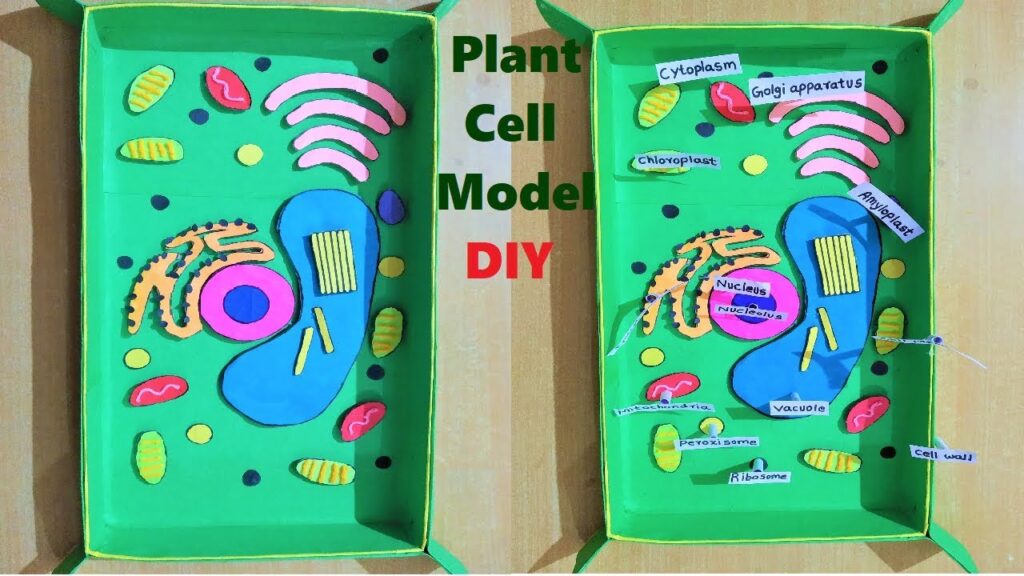
The old trusty shoebox, often overlooked, can be used as a base for the plant cell project. This uses simplicity with depth, which makes this concept one of the favorites for students of all age groups.
Using the shoebox as a cell boundary, students can make a mini-universe inside, dealing with the various parts of the plant cells. Using colored papers, beads, and even buttons, you can create the interior of a cell, each with its various functions.
As each part is assembled, the structure becomes more realistic, teaching essential concepts. Shoebox’s compact nature ensures the plant cell project is easy to make, portable, and durable.
The lid can be used as a flap for labeling the components.
4. Virtual Exploration
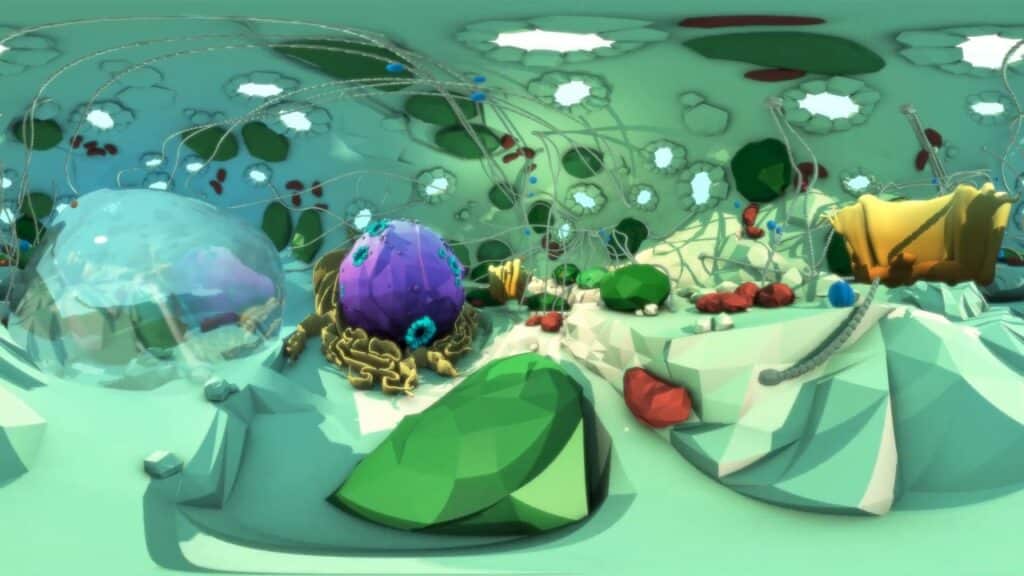
In this digital age, a plant cell project can take a special turn with virtual exploration. By using applications or software dedicated to 3D modeling, students can digitally create the details of a plant cell.
This system offers an immersive experience where learners can zoom into each organelle, rotate, and simulate cell processes. As the students use this virtual space, theories become practical, which enhances the retention rate.
Virtual plant cell project also encourages tech-enthusiast students to integrate their love for technology with biology, resulting in various skills and interests.
For teachers and students looking to be up-to-date with technological advancements, this option provides a digital overhaul to the plant cell, making it easy to understand botany.
5. Animated World
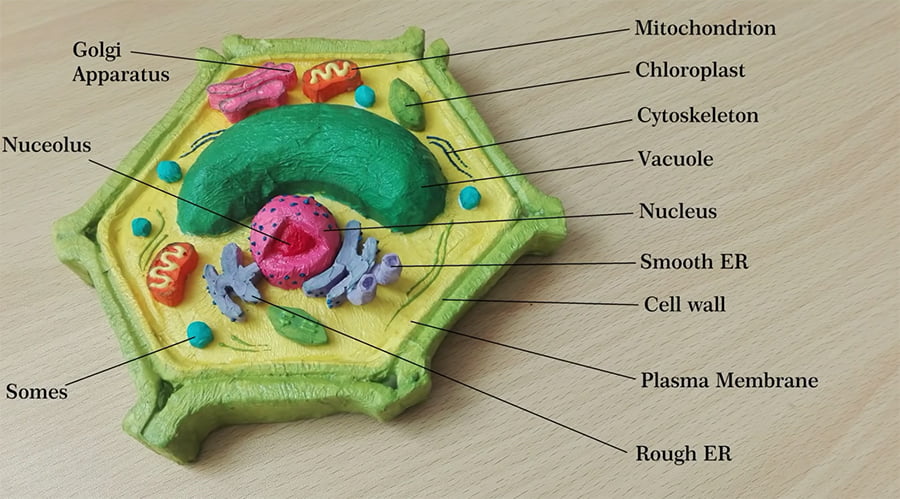
Animating the complex parts of a plant cell makes the plant cell project look alive. Using animation software or an online platform, students can show the busy activities inside a plant cell, from photosynthesis to chloroplast to the transport functions of the endoplasmic reticulum.
This animated project makes the static image of the books come to life dynamically. As students create the cell processes, they get a deeper understanding of each function.
This makes the learning process easier and more fun. This method makes learning easier for visual learners, also making sure that the concepts are not just learned but understood as well.
The animated design is perfect for people who love storytelling and animation.
6. Stitch and Learn
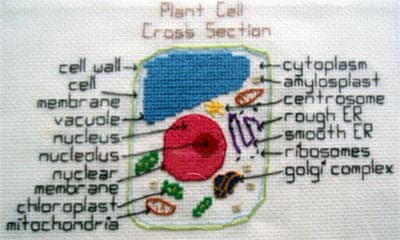
Merging the art of sewing with botany, this approach makes a tactile and enduring plant cell project. Students can create plant cell details in various threads and textures using embroidery or sewing different organelles onto a fabric canvas.
The fabric of various colors and textures can be used to display different components, from a velvet-patched nucleus to sequin-beaded fabric for mitochondria.
As these are stitched, students can internalize the structure and functions of a cell while learning about it with every thread they stitch.
This project becomes a keepsake in addition to being an educational marvel. A piece of art that is a reminder of the wonder of cell learning.
7. Puzzling Cells

Integrating fun and learning, creating a puzzle-based plant cell project can be an interesting way to understand the components of a plant cell.
By making a jigsaw puzzle that shows the various parts and structures of a plant cell, the students can challenge themselves and others as they place the puzzle pieces together to create their cellular story.
Using sturdy cardboard as a base, students can draw and color the cell and then cut irregular shapes from it; the relationship between the organelles becomes easier to understand and retain.
This project makes it easy for kinesthetic learners and provides a repeated learning opportunity each time the puzzle is reassembled.
8. Artistic Murals
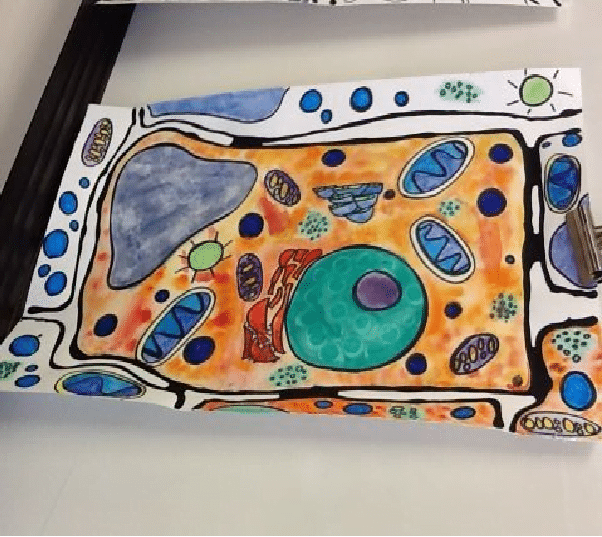
Art has always been a medium to express and understand. An artistic mural is a visually appealing way for the plant cell project.
Whether it is on a large board or a wall, students can paint, sketch, and create a grand collage that depicts the workings of plant cell components and their functions.
The scale of the mural allows the students to make details that make it easier for them and others to understand cellular functions.
From endoplasmic reticulum to mitochondria, every organelle can be readily displayed and labeled. Creating a mural promotes group collaboration.
Students get to work together while assigning roles and discussing the importance of each component.
9. Lego Construction

Using the versatile nature of LEGO, building a 3D plant cell project gives a hands-on and interactive learning experience.
The students can use different colored bricks, shapes, and sizes while representing various organelles and structures in a plant cell. As the cell parts are assembled, the tangible nature of Lego bricks makes it easy for the students to understand the size and relative position of the cell’s internal structure.
The nucleus can be created by using a large block, while smaller pieces can be used to represent ribosomes that show their respective importance and scale.
A Lego-based plant cell project can be assembled repeatedly, making it an important part of class revisions.
10. Quilting Cells
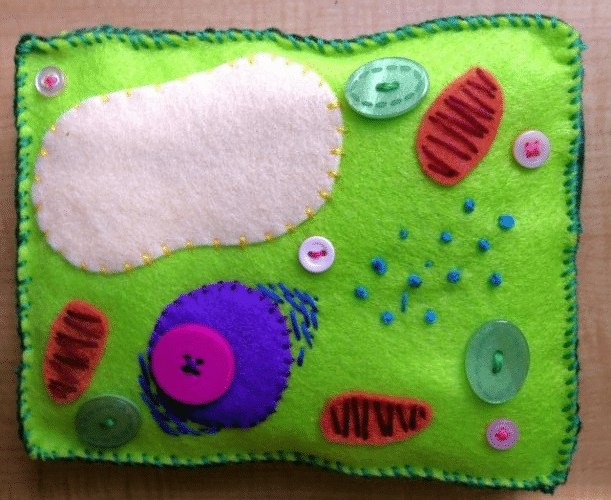
Quilting meets science in this creative quilting approach for the plant cell project. The students can create quilts with patches representing various cell organelles, which can be stitched together into a cozy and educational masterpiece.
Each square fabric can be displayed as an organelle – the nucleus, mitochondria, chloroplasts, etc. As students assemble the quilt, they are weaving together a physical item and their understanding of the cell’s internal structure.
The quilt becomes an important learning tool that provides comfort and knowledge to the students. This approach is helpful for those who want to include hands-on creativity while targeting a deeper understanding of the detailed world of plant cells.
11. AR Adventures
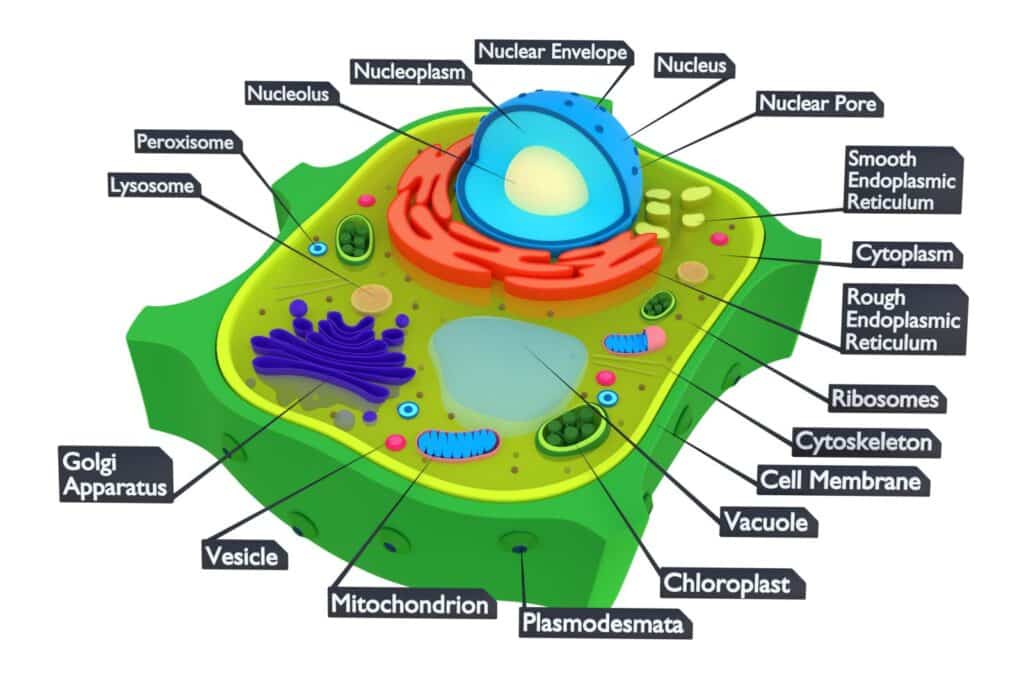
Welcome the cutting-edge world of technology with an augmented reality (AR) turn to your plant cell project.
With the addition of AR applications and platforms, students can design an interactive design that brings the plant cell to life through their smartphones or tablets.
By creating AR markers for each organelle, students can scan them with their gadgets to reveal several 3D models, animations, and even information pop-ups.
This approach completes the gap between the virtual and real world, offering an immersive experience of the plant cell’s inner workings. AR advancements give the plant cell project a futuristic touch as the students design, code, and interact with digital designs.
It is an opportunity to showcase their tech skills while creating the details of cellular biology.
12. Painted Visions
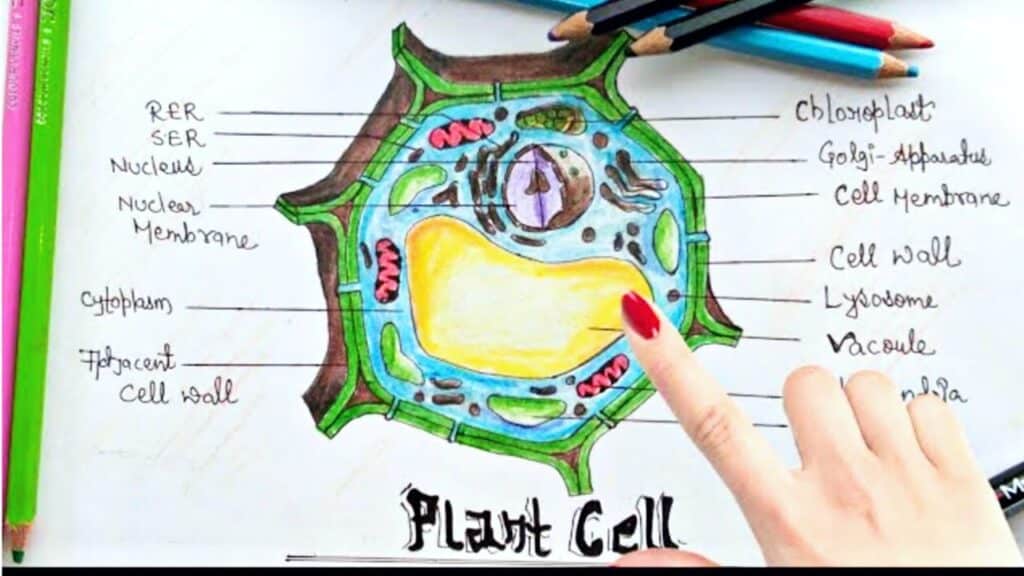
Unleash your inner artist with a painted masterpiece of a plant cell project canvas. Using watercolors, acrylics, or any preferred option, students can make a detailed and labeled design of a plant cell.
Each brush stroke reflects the detailed structures within the plant cell. From the distinctive hues of the chloroplasts to the nucleus’s central role, painting encourages deep exploration and understanding of the cell’s functions and components.
As students incorporate creativity with science, they make visually appealing artwork and integrate the plant cell’s inner workings into their creative process.
This artistic approach works well with visual learners, making the complexness of cellular biology come alive with every brush stroke.
13. Clickable Models
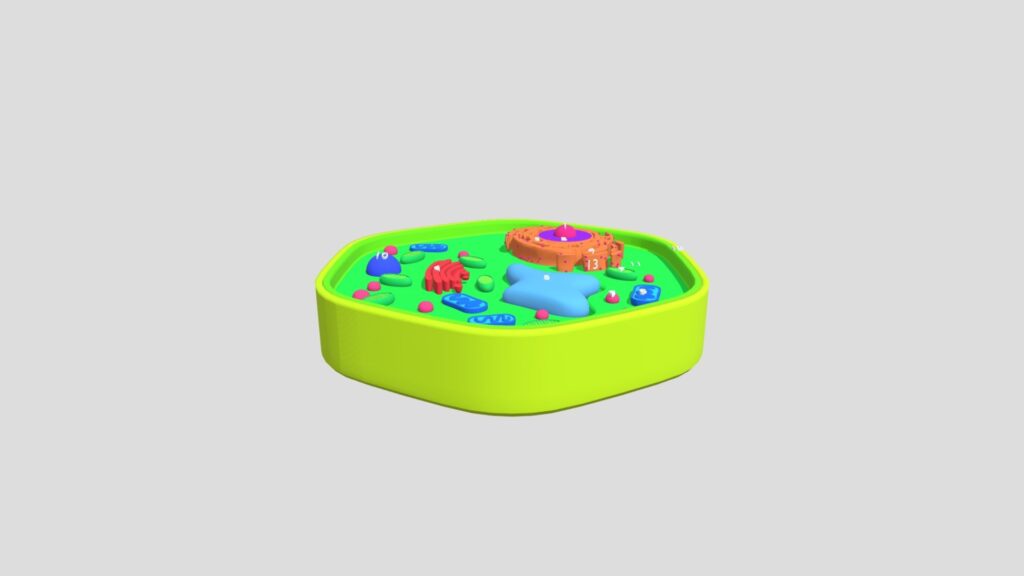
Design an interactive and tech-savvy plant cell project for this digital age. Clickable models hosted on web platforms offer a dynamic experience where they can click on various parts of a plant cell and understand its working, watch animations, and listen to the audio.
Students can create a digital plant cell with various clickable zones. Users can understand each organelle, making it fun and interactive.
These models are easy to share. This plant cell project demonstrates the student’s understanding of cell structure and technology.
14. Illuminated Cells
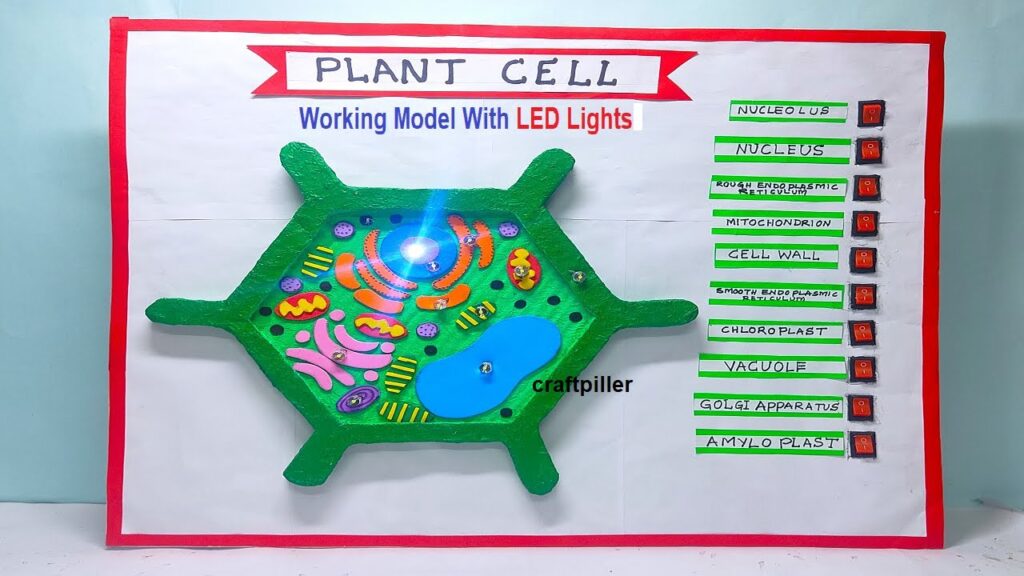
Students can create illuminated representations of plant cells using materials like LED lights, translucent sheets, and glow-in-the-dark paints.
With the central nucleus glowing brightly, representing its importance, and small LEDs placed strategically, highlighting different parts of the cell, visual cues can ideally be designed with unique functions.
This gives a new approach to the plant cells with the lighting and is an amazing educational tool.
This plant cell project allows creative students to create wonders in the microscopic world of plant cells.
15. Pop-Up Wonders
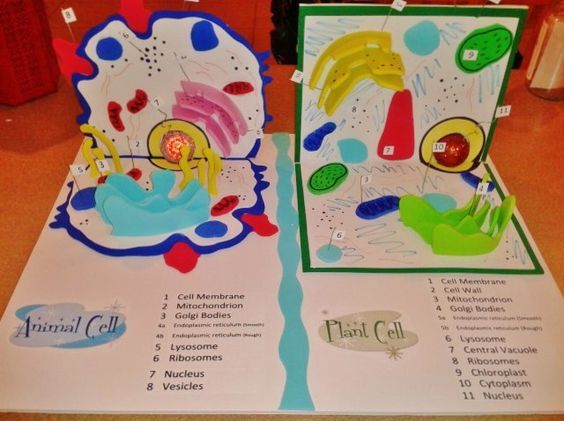
The pop-up design allows you to incorporate 3D designs into your plant cell project. This allows the students to create a dynamic plant cell with each page turn.
The key components can be made to pop from flat surfaces using foldable cut-outs and levers. This experience allows the students to interact with the cell structure, making learning easier.
Sketches that provide in-depth information can be added. This plant cell project is a feast for the eyes.
16. Minecraft Plant Cell Project
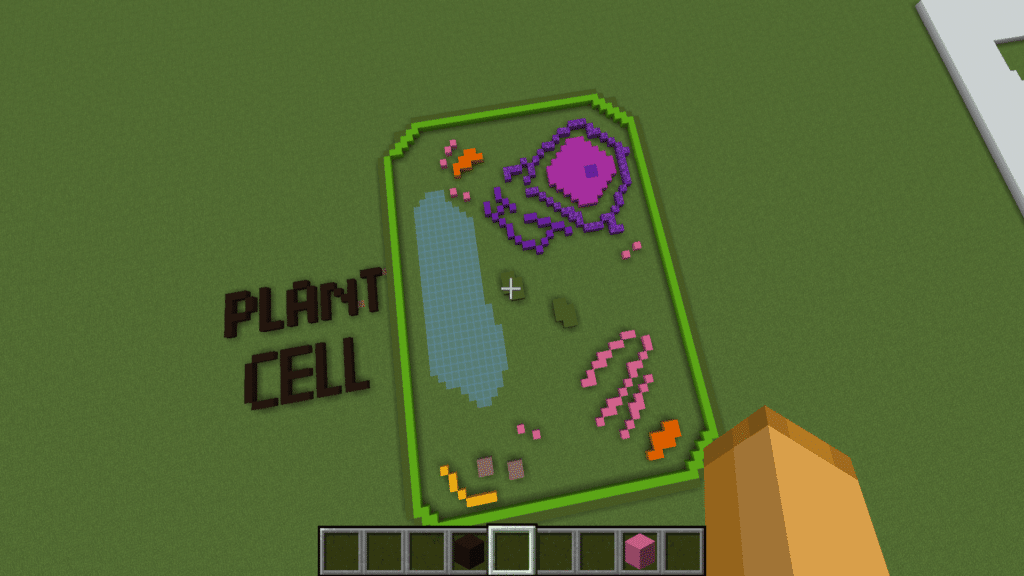
Creating a plant cell project in Minecraft allows students to merge gaming and education. Students and teachers can use different blocks to represent cell organelles for a colorful 3D representation.
Outline the cells using green blocks or stone blocks.
Use stained glass blocks for the membrane. Gold blocks, terracotta blocks, and ladders can label other parts of the cell. This project gives a hands-on experience to understand cell biology while enjoying the game.
17. Origami Innovations
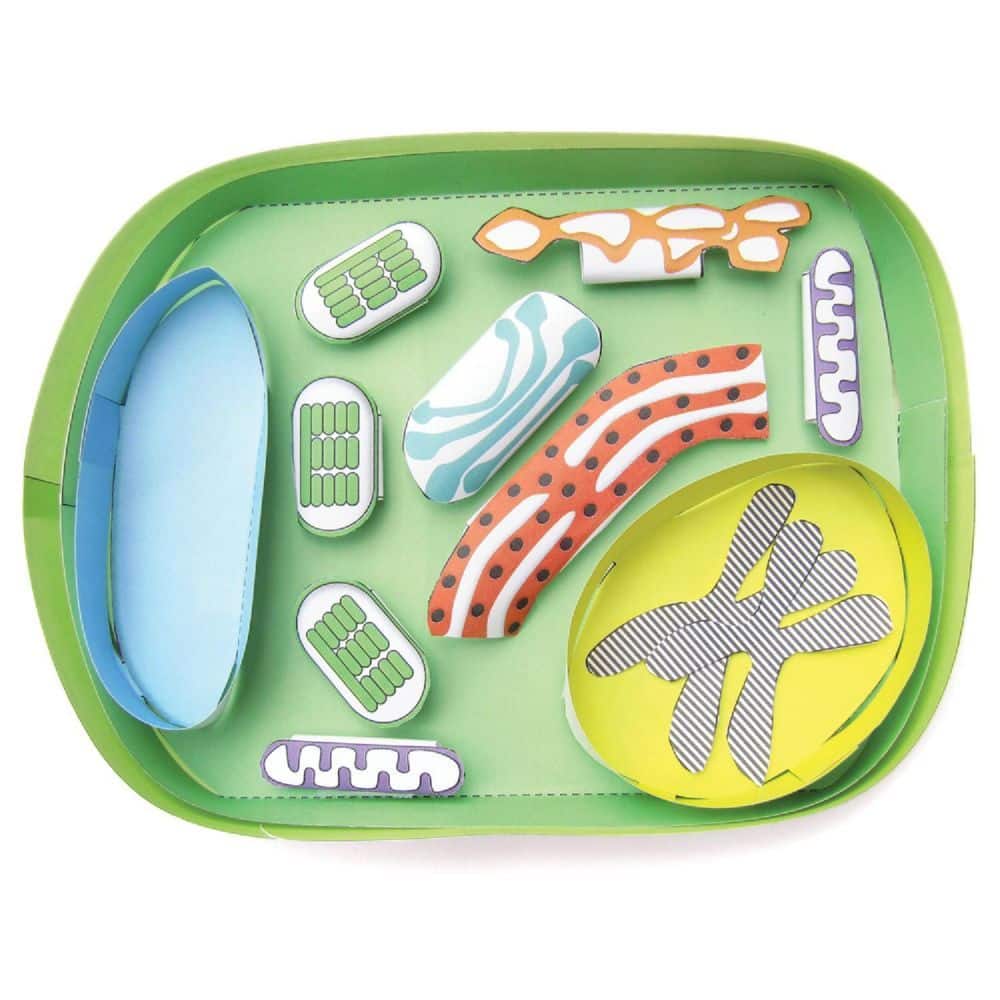
Paper folding designs or origami can help understand the complex world of plant cells.
Creating this plant cell project requires precision and patience. Students can use colored sheets to shape various organelles while placing them on a base according to an actual plant cell.
A complex fold represents the nucleus, and simpler designs the mitochondria or vacuoles. Layering them would make it easier to portray the cell’s depth.
18. Bead Brilliance
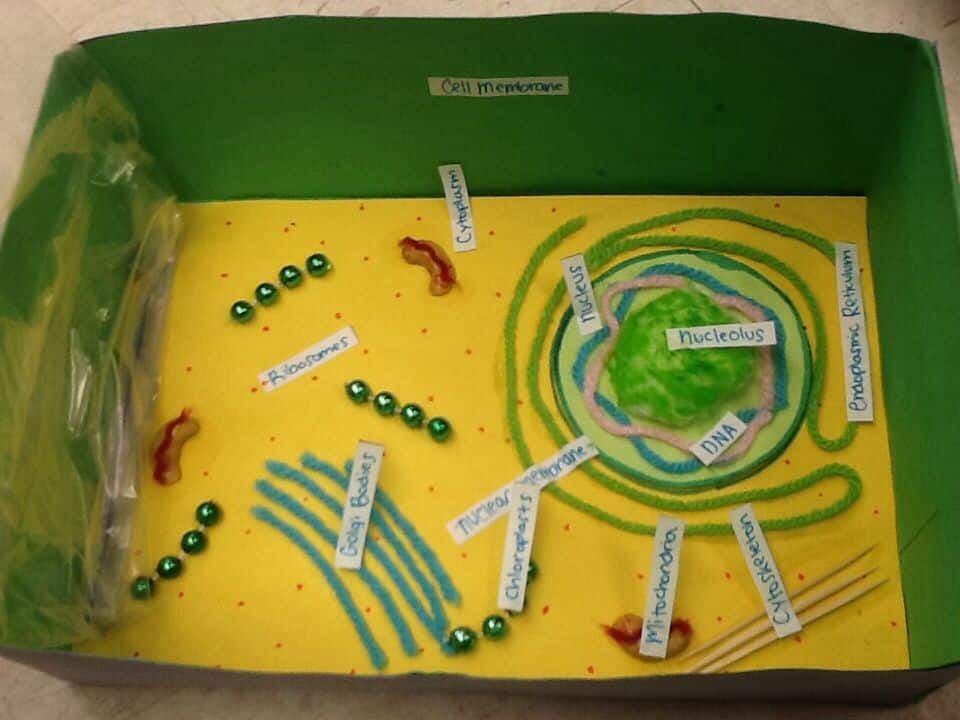
This plant cell project can be created with various sizes, shapes, and colored beads representing each organelle.
Larger beads can symbolize the nucleus and strings of the smaller beads represent the endoplasmic reticulum. Translucent ones can be perfect for vacuoles, and green ones for chloroplasts.
Students get to understand the function and relevance of each organelle as each bead is placed in its spot.
19. Floating Phenomena
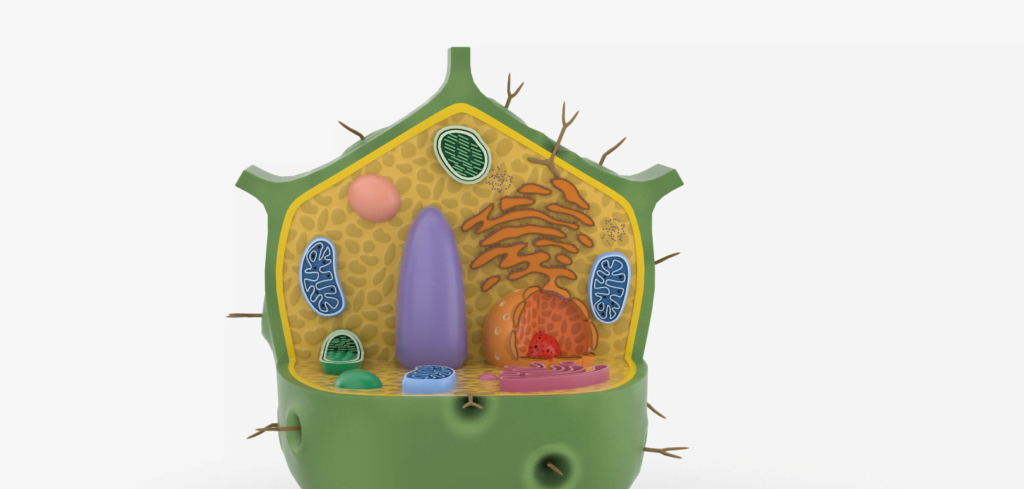
The floating phenomena plant cell project integrates floating plant cells with their components in a room through magnets or transparent strings.
Students can make each organelle with light materials. The floating design provides a 360° view of the cell, enhancing their understanding of the plant cell.
This plant cell project can use a foam nucleus hanging from the ceiling, and the smaller organelles revolve around it, just like a real plant cell.
20. Collage Creation
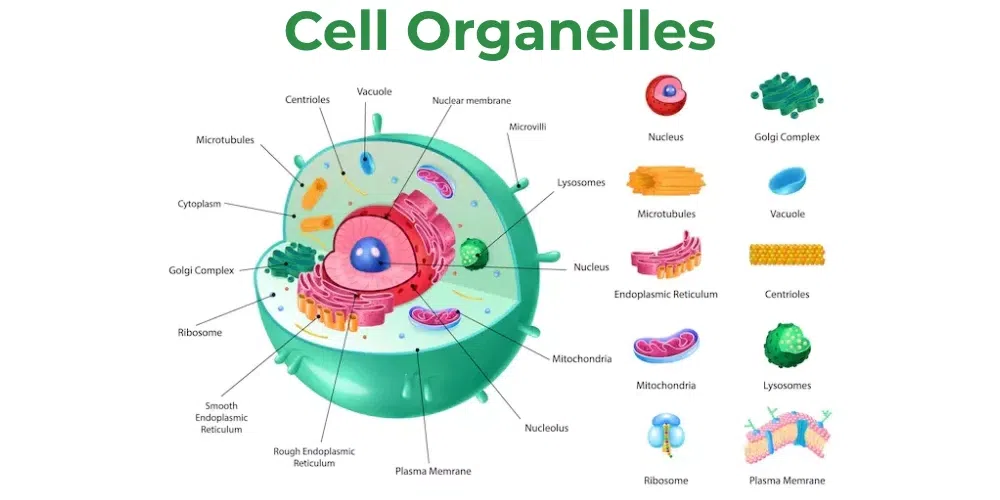
The collage creation plant cell project allows students to use various materials to create the parts of a plant cell.
This method is perfect for racing the creative minds of the students. A unique texture can represent each organelle.
Cutting and assembling these bits allows the student to learn more about the cell’s anatomy while choosing appropriate materials for the cell.
21. Gel Wonder
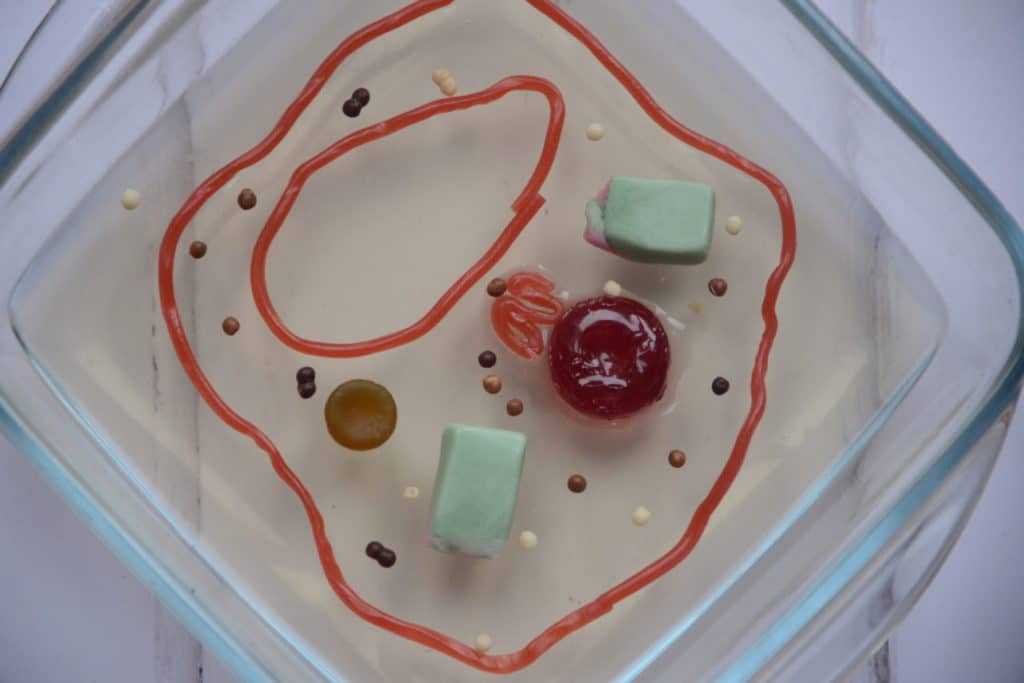
The gel wonder plant cell project allows you to replicate the cell’s semi-fluid nature with gelatin. A clear gelatin base can act as the cytoplasm. Embedding various objects can represent various organelles.
The semi-transparent gel gives a unique look of a real plant cell.
The final product is visually appealing and fun to touch while adding to the sensory layer of the learning experience.
22. Plant Cell Pizza Project
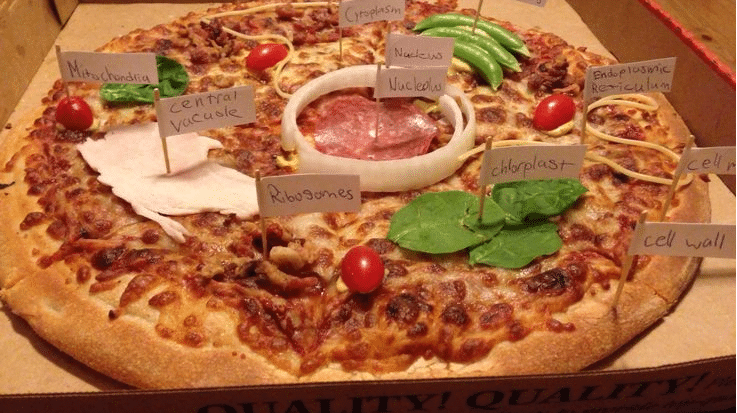
Add a delicious touch to your plant cell project with the pizza project. Start with a large base pizza, which represents the cell wall, while the sauce acts as the cell membrane, cheese as cytoplasm, and the toppings as other parts of the plant cell.
You can add flags attached to toothpicks to label the areas and place information about various parts on the pizza.
23. Fashion Cells

Students can channel their inner fashion designers with this fashion cell plant cell project. This project pushes students to think about what each organelle does and how each part they create relates to fashion.
This allows the designers to create not just a dress that looks good but also to inform the story of a plant cell through color, fabric, and designs.
The dynamic design provides a deeper understanding of the plant cell project.
24. Plant Cell Cartoon Project
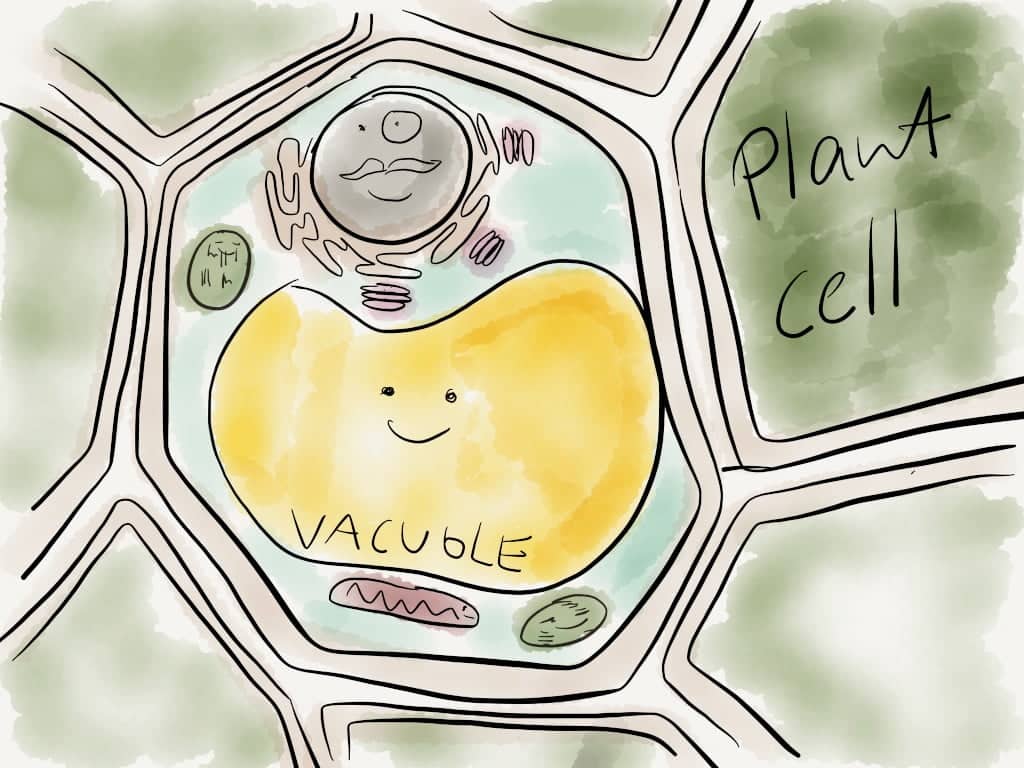
Creating a cartoon-inspired plant cell project is a playful and fun way to understand cell biology. Draw a large rectangle or free-hand shape that represents the cell wall. Sketch smaller shapes for the different parts of the cell.
To give it a cartoonish touch, draw faces on each organelle. You can even add thought or speech bubbles for the parts to represent their functions.
25. Dynamic Display

This innovative plant cell project integrates technology and interactive designs to showcase the plant cell components. To create a dynamic display, students must research the components of the plant cell.
Software tools or applications can be used for educational projects, designing their interactive and dynamic display. AR or VR designs can be used for the same.
Conclusion
The amazement of a plant cell project lies in its educational value and the capacity it holds to enhance the student’s creativity, critical thinking, and hands-on learning. Each of these 25 ideas mentioned gives a unique perspective to the world of plant cells.
The details held in plant cells come alive through these projects. Make learning informative and engaging. These projects will help the students visualize the textbook diagrams while fostering their love for science.
It’s your turn to embark on this journey to create a project, whether you are a student or a teacher. Dive into these projects and experience the wonder that is a plant cell.

